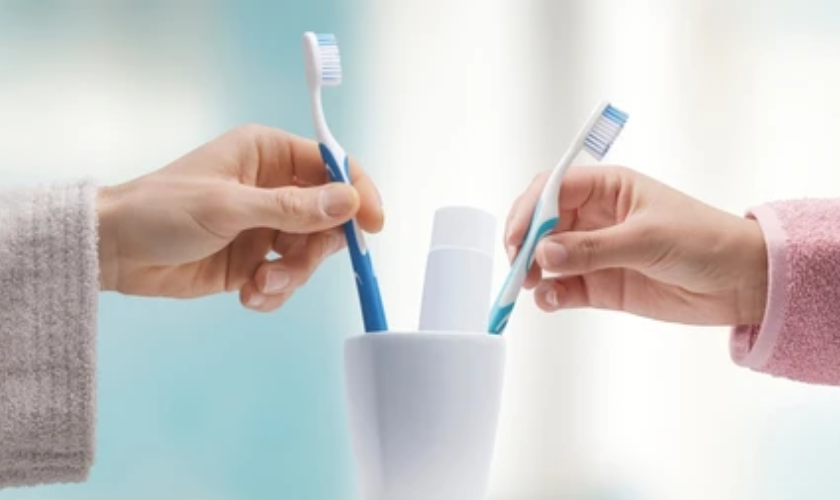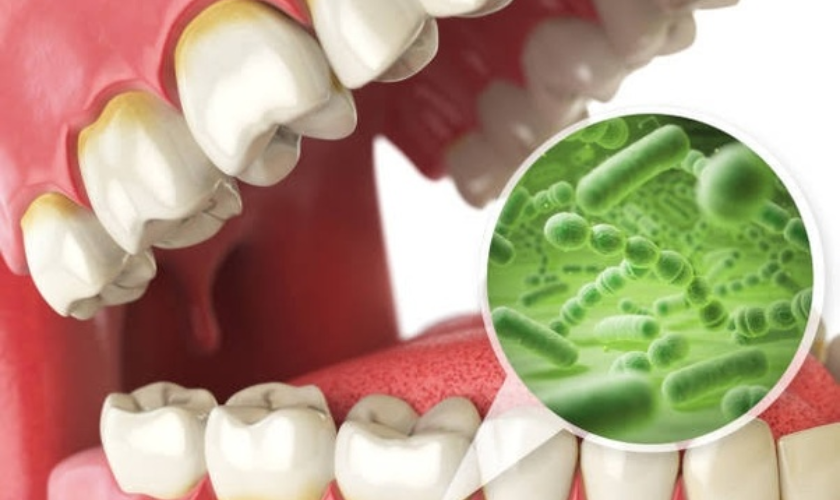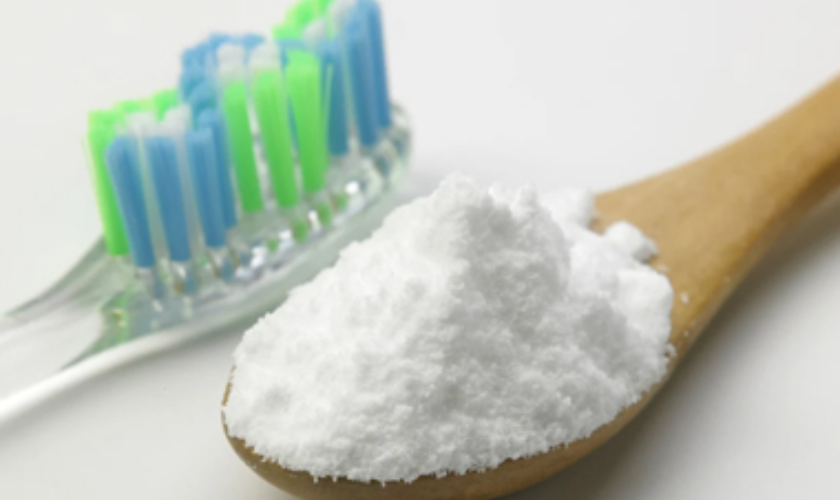
Maintaining good oral health is essential for overall well-being. Alongside regular brushing and flossing, many people use mouth fresheners or breath mints to combat bad breath and feel fresher throughout the day. But are these mouth fresheners really beneficial for dental health? Let’s delve into this topic to understand their impact.
Understanding Mouth Fresheners:
Mouth fresheners, commonly known as breath mints or breath fresheners, are products designed to freshen breath temporarily. They come in various forms such as sprays, strips, gums, and lozenges. The primary purpose of these products is to mask bad breath caused by certain foods, poor oral hygiene, or other factors.
Types of Mouth Fresheners:
Sugar-Free Mints and Gum:
Many modern mouth fresheners are sugar-free, which is crucial for oral health. Sugar-free mints and gums help stimulate saliva production, which naturally cleanses the mouth and neutralizes acids that can cause tooth decay.
Natural Breath Fresheners:
Some breath fresheners are made from natural ingredients like mint, parsley, or cloves, which can have mild antibacterial properties.
Alcohol-Based Fresheners:
Some mouthwashes and breath sprays contain alcohol, which can provide a temporary sensation of freshness but may not be suitable for everyone due to its drying effect on oral tissues.
Impact on Oral Health:
The effect of mouth fresheners on dental health varies depending on their ingredients:
Saliva Stimulation:
Sugar-free mints and gums can help stimulate saliva flow. Saliva is crucial for maintaining a healthy mouth as it washes away food particles, neutralizes acids, and contains minerals that strengthen tooth enamel.
Masking Bad Breath:
Mouth fresheners mask bad breath temporarily but do not address the underlying causes. Persistent bad breath can be a sign of dental issues or systemic health problems that should be addressed by a dentist.
Antibacterial Properties:
Some natural mouth fresheners like mint or cloves may have mild antibacterial properties, which can contribute to a healthier oral environment.
Drawbacks of Mouth Fresheners:
Despite their benefits, there are some drawbacks to consider:
- Sugar Content: Traditional breath mints and gums containing sugar can contribute to tooth decay if used frequently.
- Alcohol Content: Alcohol-based mouthwashes can dry out oral tissues and alter the natural balance of oral bacteria.
- Masking Dental Issues: Relying solely on mouth fresheners to combat bad breath can mask underlying dental issues that require professional attention.
Using Mouth Fresheners Wisely:
To make the most of mouth fresheners without compromising oral health:
- Choose sugar-free options to avoid promoting tooth decay.
- Use mouth fresheners as a temporary solution and not a substitute for proper oral hygiene.
- Maintain regular dental check-ups with a qualified dentist to address any underlying oral hygiene concerns.
Consulting a Dentist
For personalized guidance on oral hygiene and the use of mouth fresheners, it’s advisable to seek counsel from a reputable dentist practicing in Baymeadows. Professional dental care is essential for maintaining optimal oral hygiene and effectively addressing concerns related to bad breath or other dental issues.
While mouth fresheners can provide temporary relief from bad breath, their impact on overall oral health varies depending on the type and ingredients used. Sugar-free options that stimulate saliva production can be beneficial, but they should not replace regular brushing, flossing, and professional dental care. Consulting a dentist in Baymeadows for personalized advice is recommended to ensure optimal oral health and fresh breath without compromising long-term dental wellness. Use mouth fresheners wisely as part of a comprehensive oral care routine to enjoy the benefits they offer while minimizing potential drawbacks.





